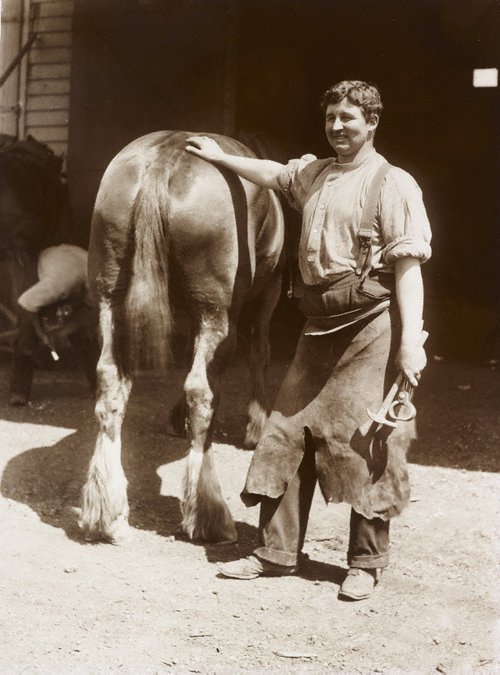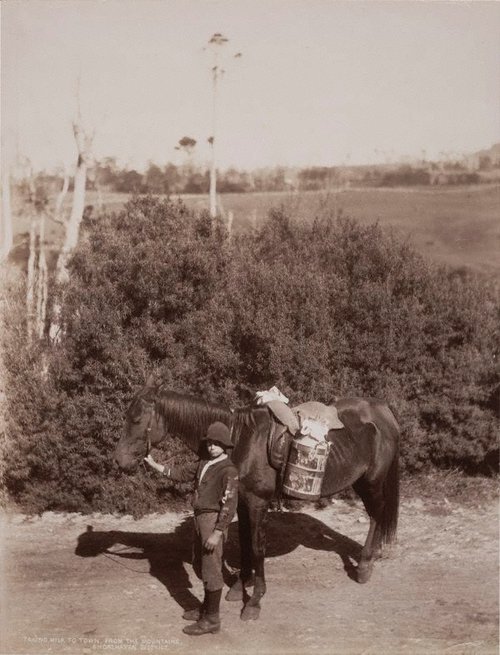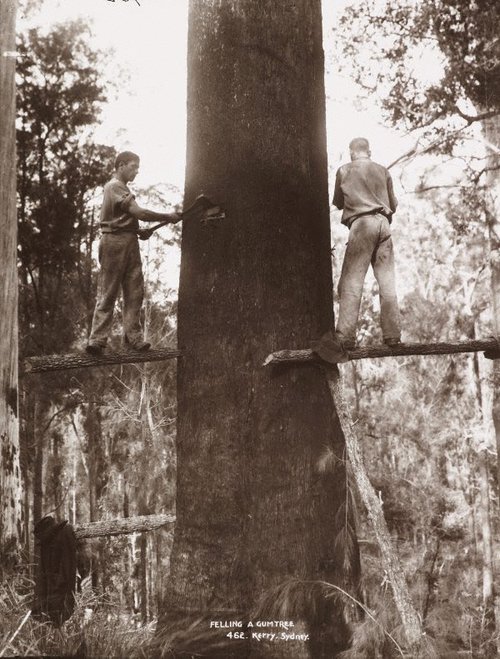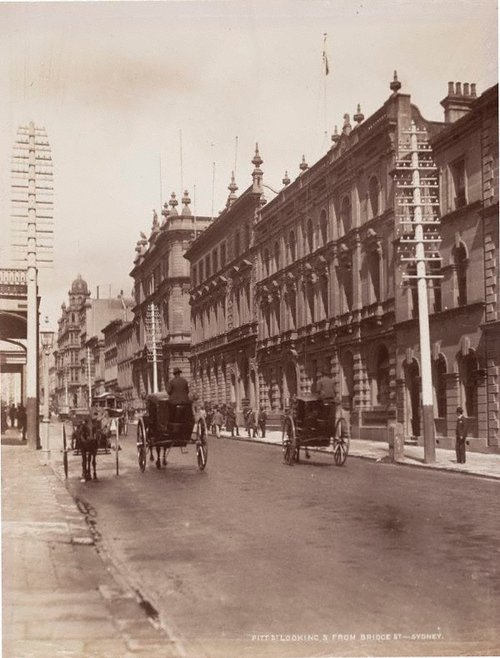-
Details
- Other Titles
- The wallaby man and the cockroach
The kangaroo man and the cockroach - Place where the work was made
-
Yirrkala
→
North-east Arnhem Land
→
Northern Territory
→
Australia
- Date
- (1948)
- Media category
- Painting
- Materials used
- natural pigments on paper
- Dimensions
- 58.0 x 46.0 cm image/sheet; 76.0 x 63.1 x 3.6 cm frame
- Signature & date
Not signed. Not dated.
- Credit
- Gift of the Commonwealth Government 1956
- Location
- Not on display
- Accession number
- 9269
- Artist information
-
Unknown
Works in the collection
- Share
-
-
About
This myth explains how the sea became salt, the origin of swamps in Arnhem Land, the jungle wallaby and the cockroach.
During creation times a wallaby man, Moutia, and his wife, Borok, lived near Melville Bay. One day the couple filled four bark dishes with water from the sea, which in those days was fresh, and placed them in the jungle to keep cool. Moutia then asked his wife if she would remove some of the vermin from his hair. She agree, and with the head of Moutia in her lap, spent some time at the task. When she had finished she asked Moutia if he would do the same for her, but he refused very rudely, saying that he was too tired and wanted to sleep. This so infuriated the woman that she quarrelled violently with her husband. Then to punish him further for his discourtesy, she waded into the sea, their only source of fresh water, and urinated to make it salt.
But, so that she would not suffer hardship from her own action, Borok transformed herself into a cockroach (probably a terrestrial isopod). When the husband, Moutia, saw what had happened he, in turn, changed himself into a wallaby and hopped to Meleton Island in Melville Bay.
Borok, in her anger, had thought to deprive her husband, and, consequently, the rest of creation, of fresh water. But her plans for vengeance miscarried because she had forgotten the four bark dishes filled with fresh water which she and her husband had left in the jungle. That water was transformed into the extensive swamps of eastern Arnhem Land, the source of many of the rivers which flow into the Gulf of Carpentaria and the sea on the northern coast of Australia.
The four boat shaped objects on the left are the bark dishes which Moutia and his wife filled with water and placed in the jungle. In the centre of the painting is Moutia with his head in the lap of his wife, and on the bottom edge is his wife, Borok, urinating in the sea. Beside her is the cockroach into which she later transformed herself. On the upper right the leaf shaped design symbolises Meleton Island in Melville Bay where the wallaby made its home. The oval near the right knee of the wallaby man, Moutia, is a totemic rock associated both with him and his wife.
[Charles P. Mountford, 'Records of the American-Australian scientific expedition to Arnhem Land vol. 1: Art, myth and symbolism']
-
Places
Where the work was made
Yirrkala
-
Exhibition history
Shown in 1 exhibition
Mountford Gifts: Works from the American Australian scientific expedition to Arnhem Land 1948, Art Gallery of New South Wales, Sydney, 21 Mar 2009–03 Jun 2009
-
Bibliography
Referenced in 3 publications
-
Edmund Capon AM, OBE, Steven Miller, Tony Tuckson, James Scougall, Mollie Gowing, Harry Messel, Craig Brush, Ronald Fine, Alison Fine, Gordon Davies, Rosalind Davies, Christopher Hodges, Helen Eager, Rosemary Gow, Sandra Phillips, Daphne Wallace and Ken Watson, Gamarada, Sydney, 1996, 16 (colour illus.).
-
Jonathan Jones, Mountford Gifts: Works from the American-Australian scientific expedition to Arnhem Land 1948, 'Mountford Gifts: Works from the American-Australian scientific expedition to Arnhem Land 1948', pg. 1-5, Sydney, 2009, 3, 4. titled 'Mautia and Borok - Kangaroo and Cockroach'
-
National Art Gallery of New South Wales, Purchases and Acquisitions for 1956 National Art Gallery of N.S.W., Sydney, 1956, 22. cat.no. 50; titled 'The kangaroo man and the cockroach'
-



